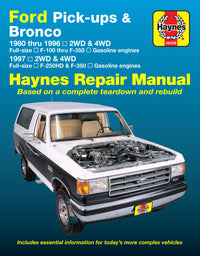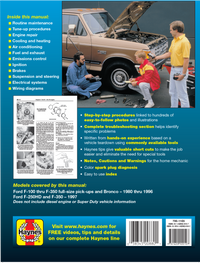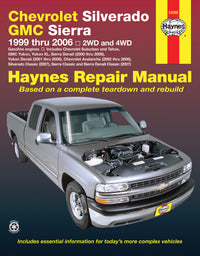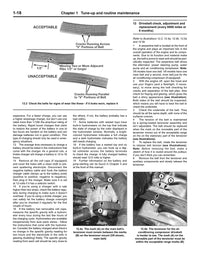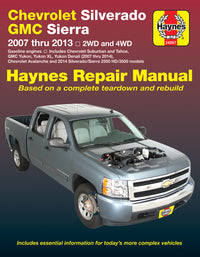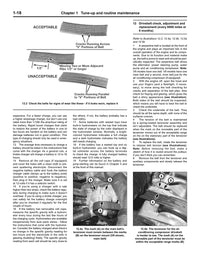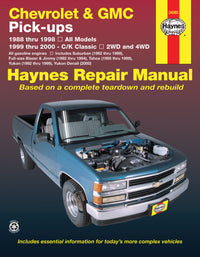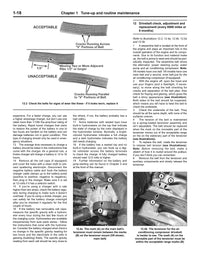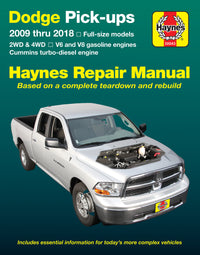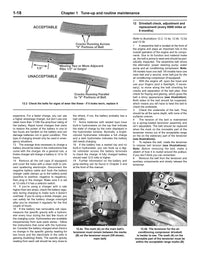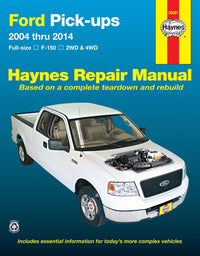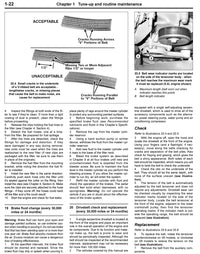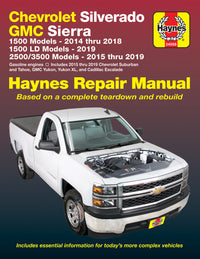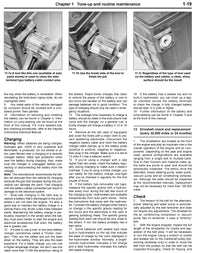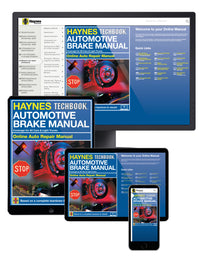Towing with 2015-2023 Chevrolet Colorado puts more demand on the vehicle than most daily driving situations. The engine, transmission, suspension, and braking systems carry more weight, literally and mechanically. Maintenance isn't optional if you're regularly hauling trailers or heavy loads. It protects your investment and keeps you out of the repair shop.
We built this guide to help owners focus on what matters most for the 2015-2023 Chevrolet Colorado towing performance maintenance. If you’ve got a trailer behind your truck, these real-world priorities keep you in control and out of trouble.
2015-2023 Chevrolet Colorado Towing Performance Maintenance
Towing loads stress components differently than everyday driving. Heat builds faster, fluids break down quicker, and brakes wear out sooner. Axles, differentials, and suspension components all take a harder beating. That’s why Colorado tow owners need to follow a more aggressive maintenance timeline.
Start with the transmission. Excess heat can cook the fluid, break down lubricating properties, and damage internal components. At Haynes Manual, we recommend a 2015-2023 Chevrolet Colorado transmission fluid check every 15,000 miles if towing regularly.
Chapter 7B of the Chevrolet Colorado (2015-2022) Haynes Repair Manual covers automatic transmission service, including what to look for when inspecting fluid quality and level.
Move next to the cooling system. Engine temperatures rise under load. Pulling a trailer uphill in the summer heat pushes your truck to its limits. Pressure test the radiator cap, check coolant levels, and inspect for hose leaks. The fan clutch and thermostat must also operate correctly to keep temperatures stable during long hauls.
2015-2023 Chevrolet Colorado 45K Mile Service
Towing accelerates wear on systems that most owners rarely think about. The 2015-2023 Chevrolet Colorado 45K mile service is one of the most important checkpoints for any truck used to tow. It involves evaluating the vehicle’s readiness to keep performing under load.
This is the time to flush and replace both transmission and brake fluids. Towing generates heat in the braking system, especially during downhill driving or stop-and-go trailer work. Moisture contamination in brake fluid leads to fade, corrosion, and longer stopping distances.
Refer to Chapter 9 of the Haynes Manual for complete guidance on brake inspections, including identifying early rotor damage or caliper wear.
Front and rear suspension parts also need a close look. Bushings wear quicker with added trailer tongue weight. Leaf springs can fatigue over time. Ball joints, tie rods, and control arms must be checked for movement and wear.
Chevrolet Colorado Trailer Hauling Care
Before every tow, you must complete a 2015-2023 Chevrolet Colorado trailer hauling care inspection. Skipping this step risks truck damage and puts safety on the line.
Start at the rear of the vehicle. Check that the trailer wiring harness and brake controller connections work correctly. Lights should flash in sync, and trailer brakes should activate smoothly when applied.
Inspect the hitch and mounts for rust, wear, or cracking. Confirm torque on mounting bolts. Verify the ball size matches the coupler and that safety chains connect securely. Check rear tire pressure and condition, especially if you’ve loaded the bed and hitched up. Underinflated tires wear out faster, compromise handling, and increase braking distance.
Colorado Towing Inspection Starts Below the Truck
You need to inspect underneath if your Colorado tows anything heavier than a lawnmower. Driveshafts, U-joints, and axle seals take a beating from the added torque load. Chapter 8 of the Haynes Manual walks through how to inspect each component. Look for leaks at the differential, shiny metal at the U-joints, and unusual play in the driveshaft.
You also want to verify there’s no binding in the transfer case if you use 4WD to haul in poor traction. Towing with 4WD on pavement stresses the driveline, making early detection important.
Undercarriage exposure to road grime, salt, and trailer sway can also loosen mounts and wear bushings faster. Pay close attention to the frame mounting points for the hitch and suspension links. The extra strain of a fully loaded trailer pushes metal fatigue faster than most owners realize.
Follow the 2015-2023 Chevrolet Colorado Full-Service Checklist
Maintenance is about preventing them in the first place. That’s what the 2015-2023 Chevrolet Colorado full-service checklist is for. It covers everything you need to keep your truck ready to tow without setbacks.
Start with engine oil changes. The extra heat and load reduce oil life. Stick to the 5,000-mile interval under towing conditions. Don’t push it to 7,500. Inspect the engine air filter every 15,000 miles or sooner if you tow in dusty conditions. Review Chapter 1 of the manual for routine maintenance details, including oil types and filter locations.
Rotate tires with every oil change. Keep alignment tight and review brake pad thickness at each service. Replace spark plugs at 97,500 miles, not 100,000. These minor differences matter more when there’s a trailer behind you and hills ahead of you.
Count on Us for the Right Manual
Our manual covers every drivetrain configuration, engine size, and towing condition for 2015-2023 Colorado. Preparing for a full-service at 45,000 miles, checking transmission fluid, or doing a driveline inspection after a long haul? Our Chevrolet manual walks you through what to check, what to replace, and when to do it.
Order the Haynes Manual for the 2015-2022 Chevrolet Colorado today to get detailed, vehicle-specific guidance. You’ll find it contains what no blog can fully offer: everything you need to inspect, maintain, and keep towing confidently. Grab your copy and get under the hood with tools that matter.


